
It might be a challenging moment for luxury, retail and independent brands, but Rupert Sanderson is still making strides.
After nearly two decades in Mayfair, the footwear designer has moved his London store to a different part of town, and after years of owning and operating an Italian factory in Emilia-Romagna, he’s forged a deal with new partners near Milan.
The new store, at 61 Great Portland Street, spans more than 1,000 square feet and also serves as the brand’s headquarters, with retail on the ground floor, warehousing space for servicing online orders, a workshop in the back, and offices upstairs.
“I like the idea of being a destination business in an emerging area. Here, we’re in gallery land, and the store gives customers and clients more of a sense of who we are,” said the designer, adding that Mayfair had become an increasingly difficult location.

“It became impossible to be an independent there,” said Sanderson, who spent the past 18 years on Bruton Place, a tiny street that’s rapidly being transformed into a high-end dining destination.
By contrast, Great Portland Street – located between Oxford Circus and Regent’s Park – is more residential, with a mix of art galleries, restaurants, cafés and an atmosphere that’s more in tune with his sleek, playful – and colorful – collections.
Footfall is better too – although Sanderson isn’t interested in passers-by. Instead, he thinks of his business much like a gallerist would. He has a growing database of customers, stages regular events, and wants to speak directly to the women buying his shoes.
The Great Portland Street site is larger than the Mayfair space and was formerly a gallery.

The interiors are similar to the Mayfair store.
The color scheme is a mix of emerald green walls and marmalade velvet furnishings. There is oak shelving and floorboards; shoes displayed on shelves and plinths; gallery lighting; and enough space for showroom appointments – and cocktail parties.
Some 50 percent of Sanderson’s business is wholesale, with a focus on independent stores. Stockists include Neapolitan in Winnetka Ill., Capitol in Charlotte, N.C. and A’marees in Newport Beach, Calif. The rest of the business is evenly split between online and retail.
Sanderson, who launched his label in 2001 after training with Sergio Rossi and Bruno Magli, designs in London and produces his footwear in Italy.
For years he ran his own factory in the Apennine mountains. After the pandemic, he sold it and headed north to Parabiago, an Italian footwear hub. “It is shoe central. The best suppliers are there, there is an ecosystem, and I’m working with a third-generation, family-run factory,” he said.
Italian quality and service come at a price, though, especially after the pandemic. The spike in energy prices, logistics costs and post-Brexit red tape have driven Sanderson’s ticket prices up 20 percent.

On top of those pressures, the moment isn’t exactly an easy one for the luxury shoemakers of the world. Deck shoes are the latest rage, while sneakers are still going strong. “Deck shoes? Really? Where’s the joy in them?” he said.
The geopolitical backdrop isn’t helping either. It’s an election year in the U.S. and the U.K., a cost of living crisis is raging, “and China isn’t the cash machine it once was,” Sanderson added.
The cycle, he believes, is about to turn. Just the other day Sanderson said he spotted a few Central Saint Martins students wearing “statement shoes” rather than trainers, “and dressing up a bit.”
While the world may still be flat – with loafers, Mary Janes and ballerinas flying off shelves – Sanderson said his customers are still asking for mid to high-heeled pumps and his signature “pebble” metal accessory.
“These cycles move through the market, and you can’t go chasing the current zeitgeist,” he said, adding that he’s been returning to his archive revisiting some of his old favorites for a new generation.
“You just have to adapt, and keep it fresh,” he said.
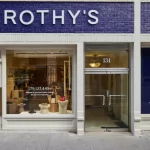
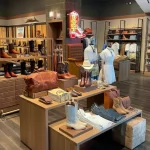

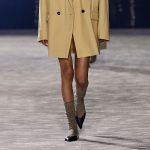
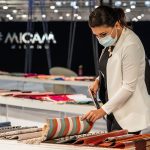
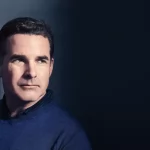
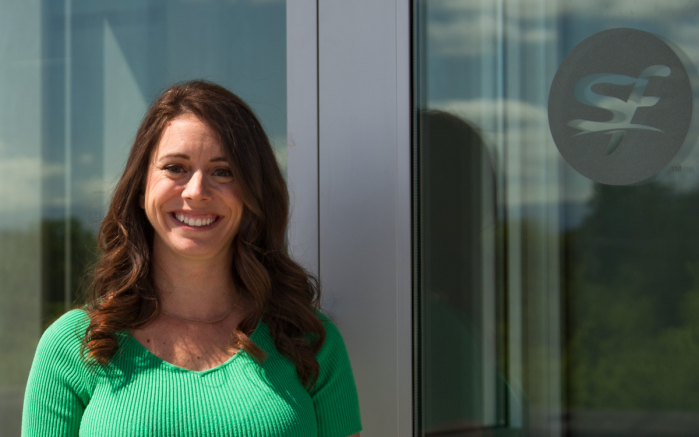
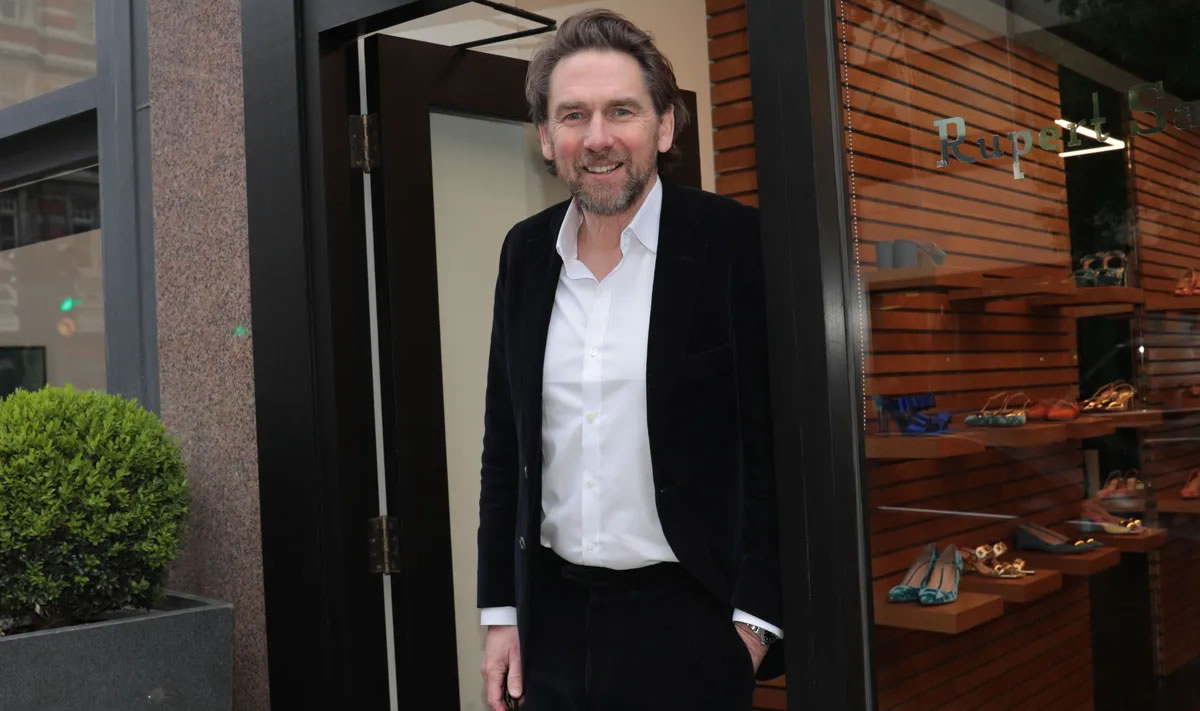
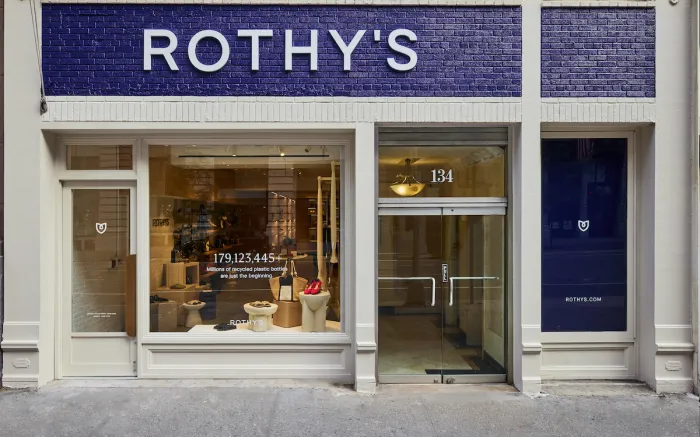
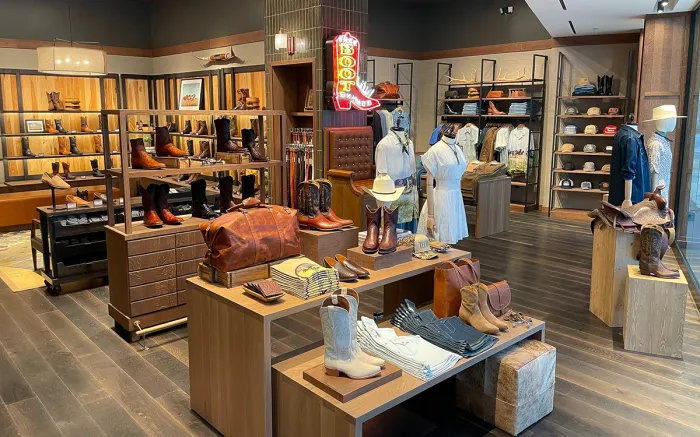
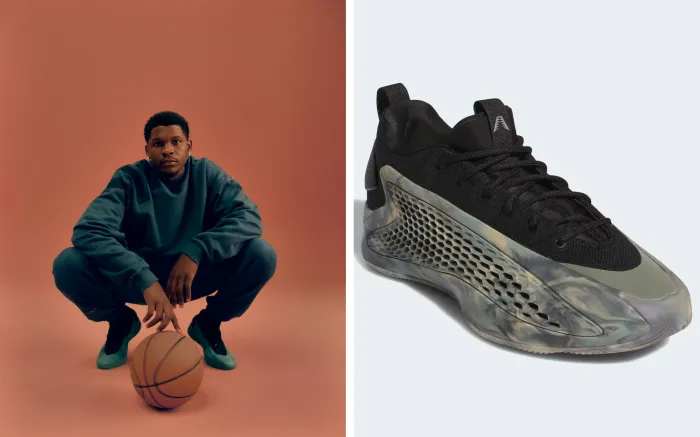
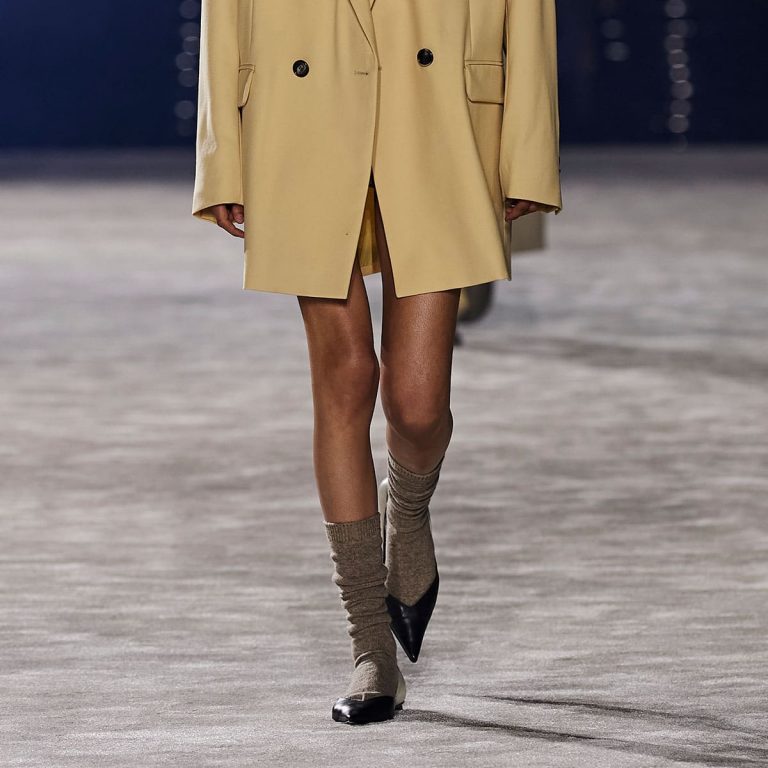
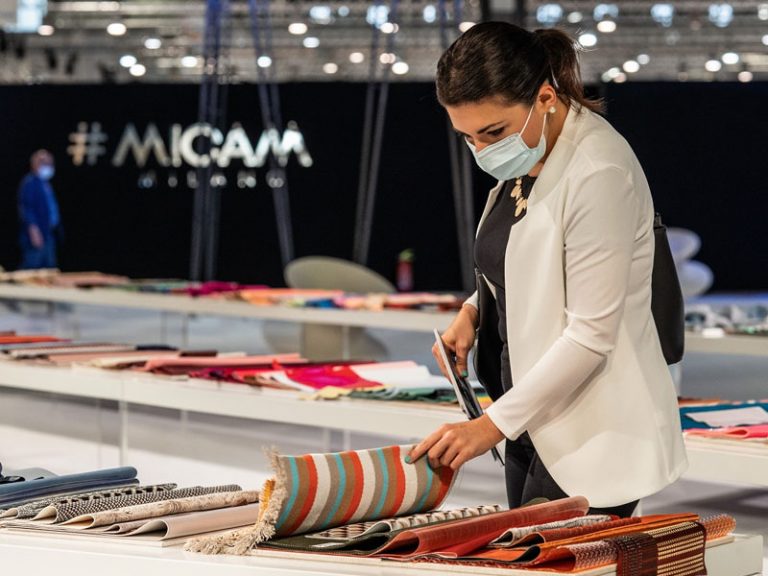
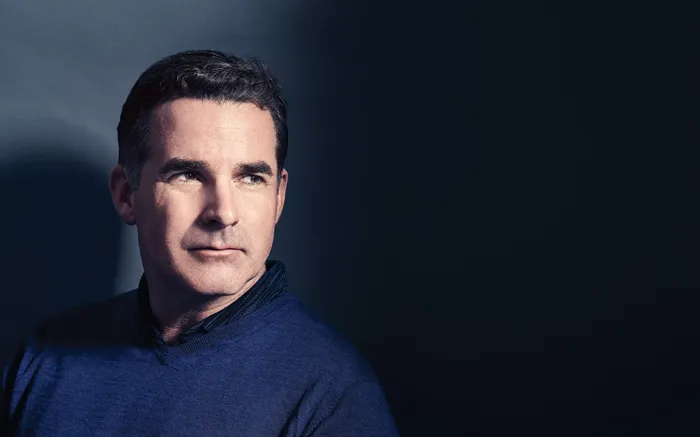
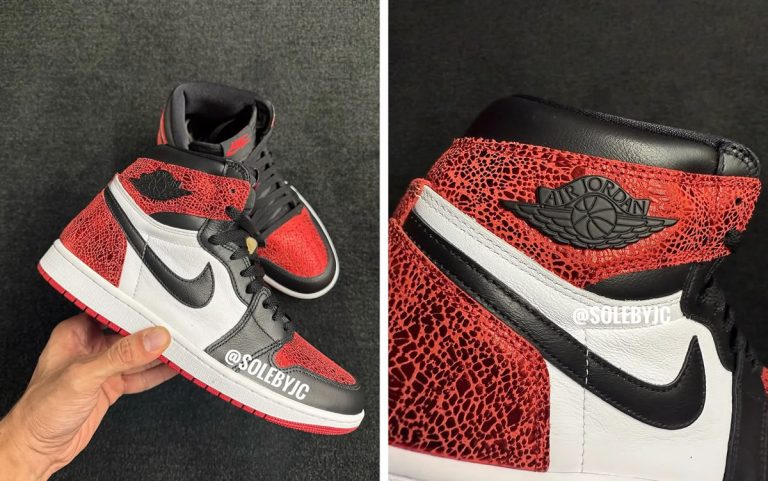
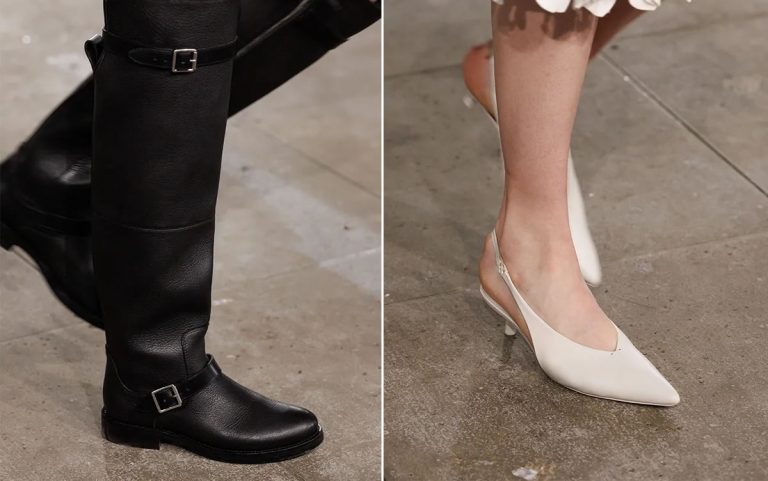
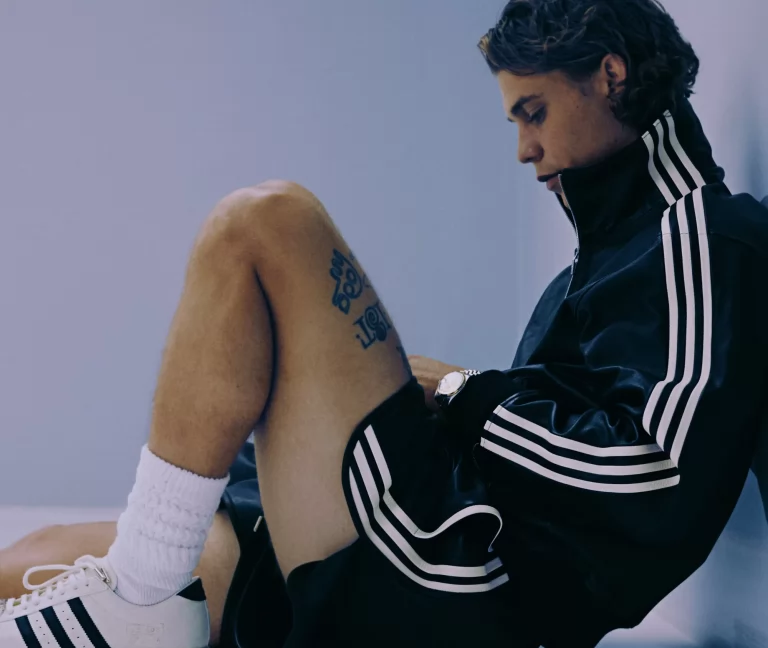
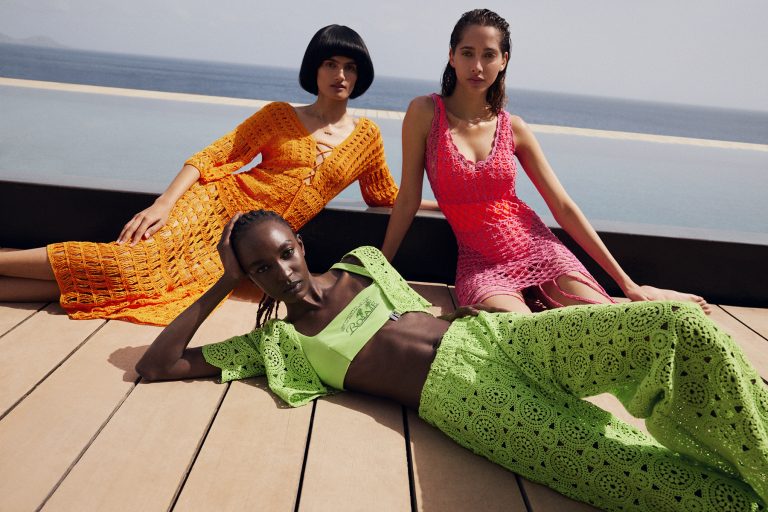

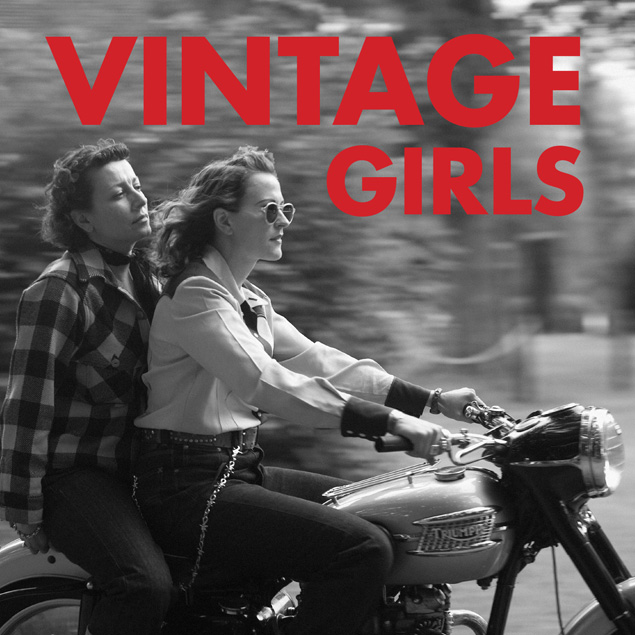
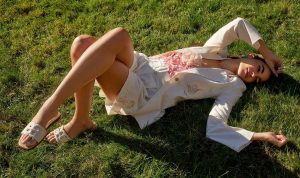
+ There are no comments
Add yours